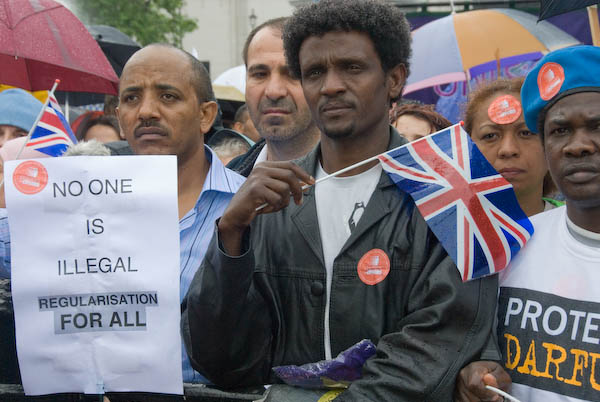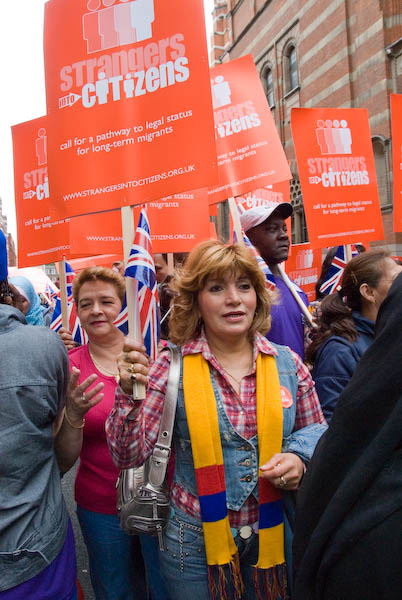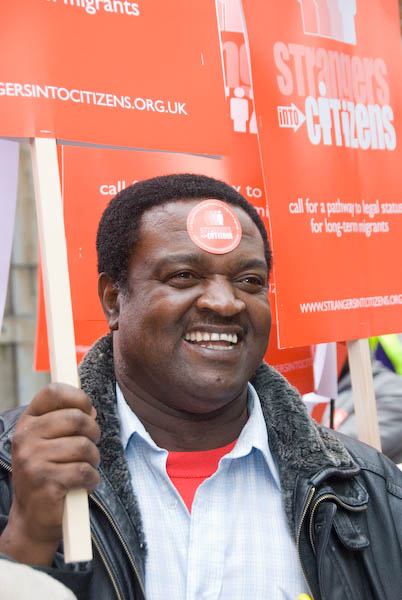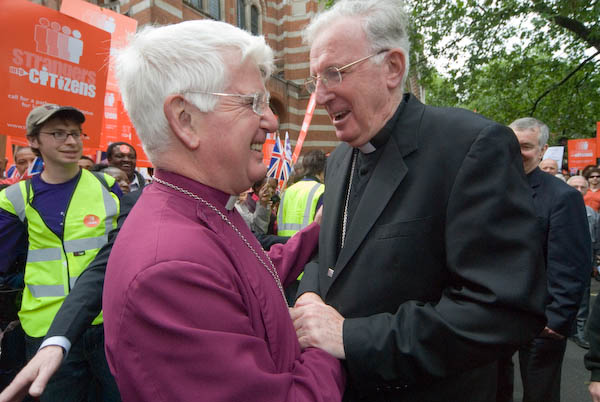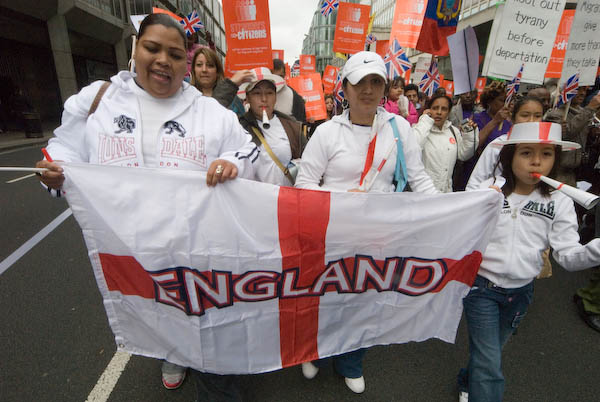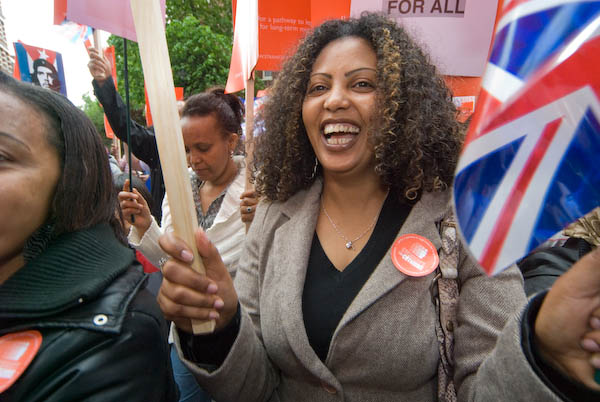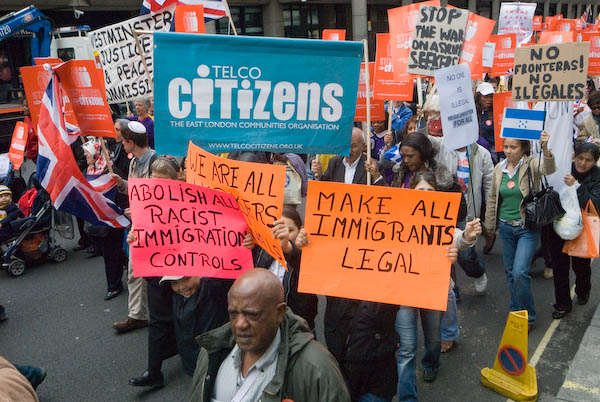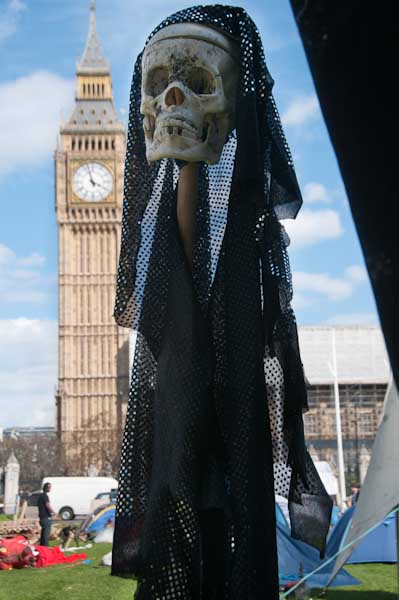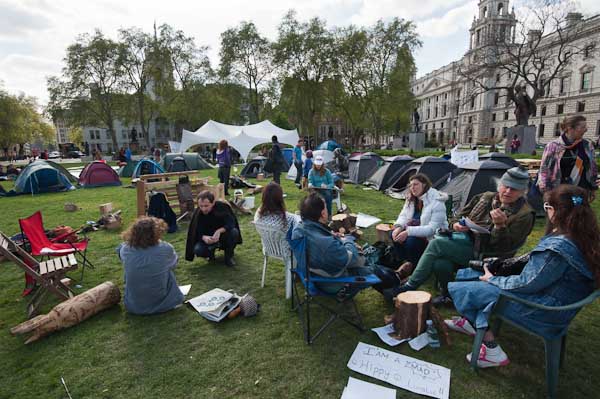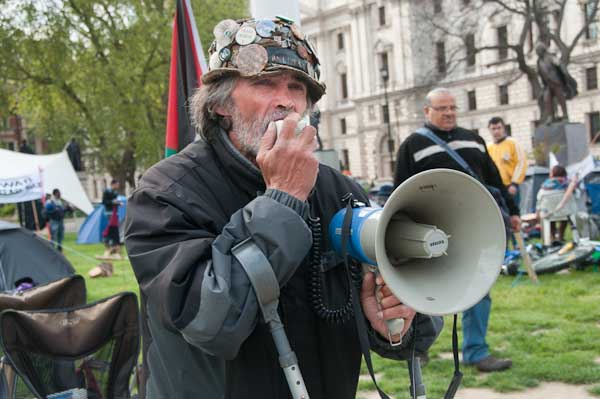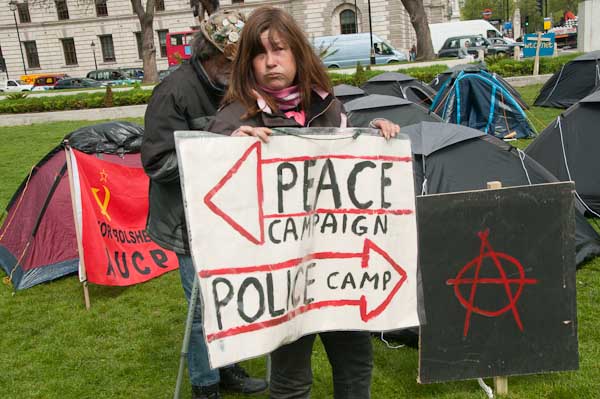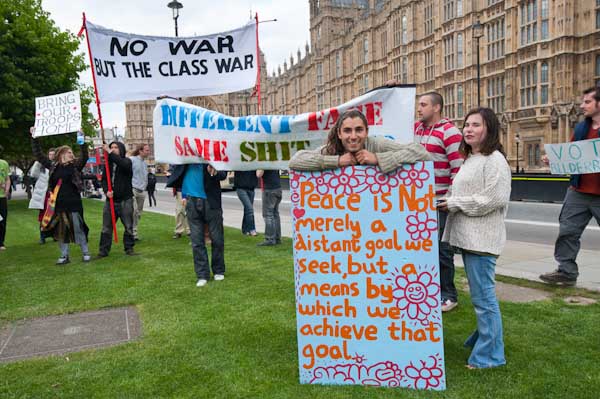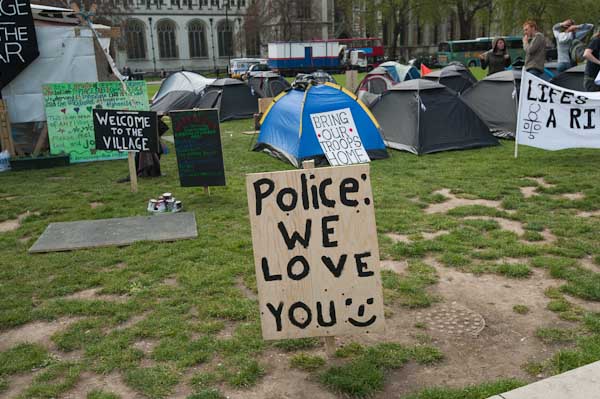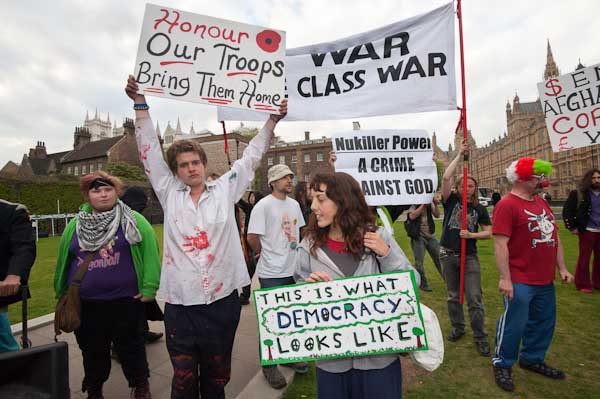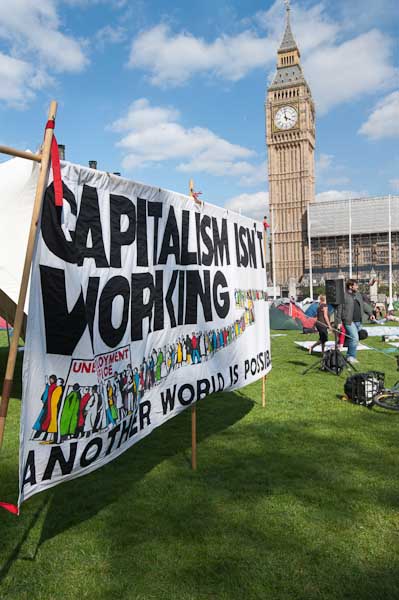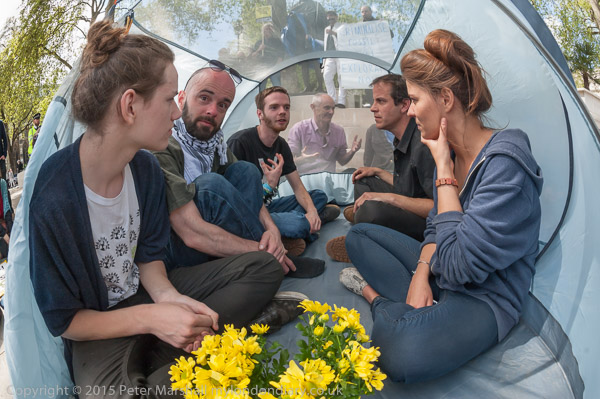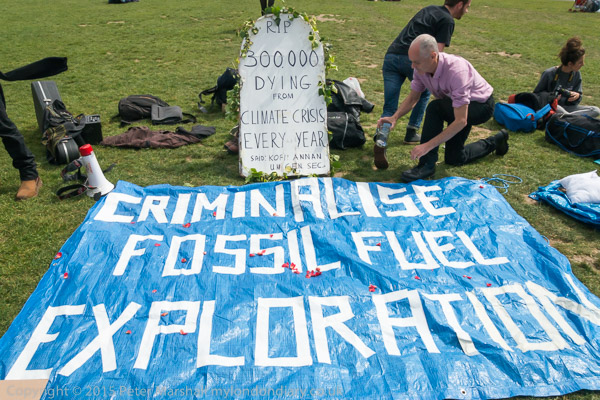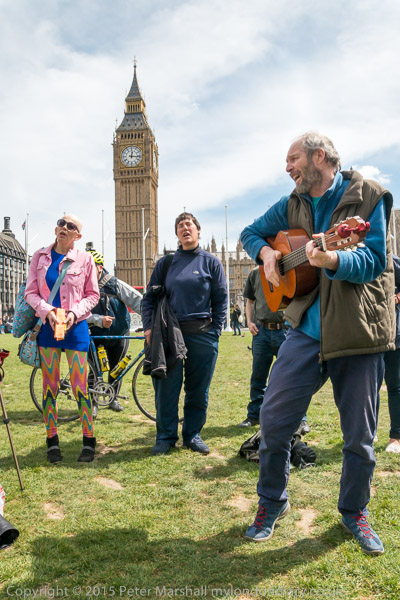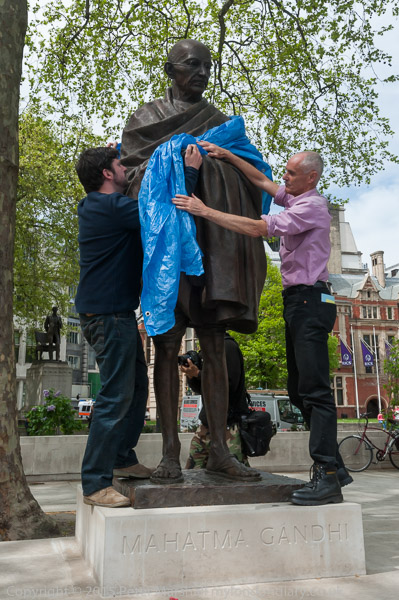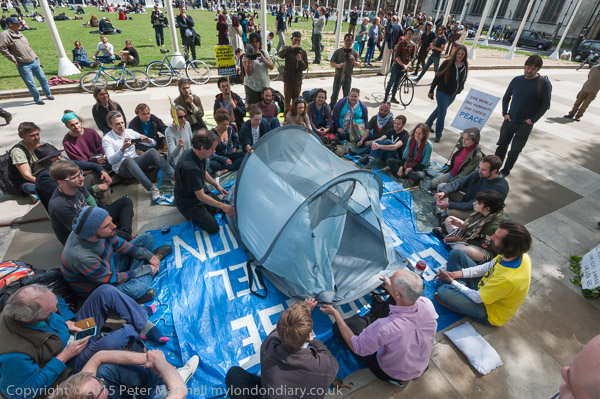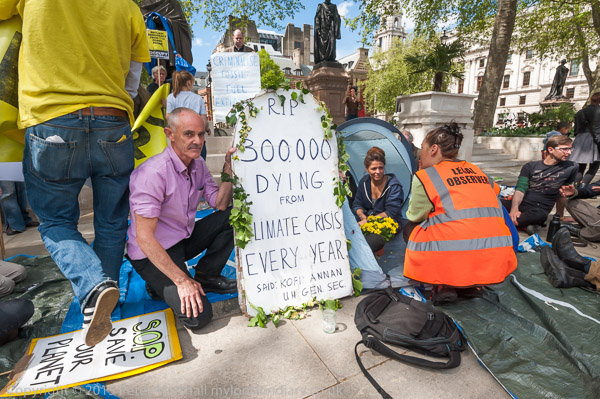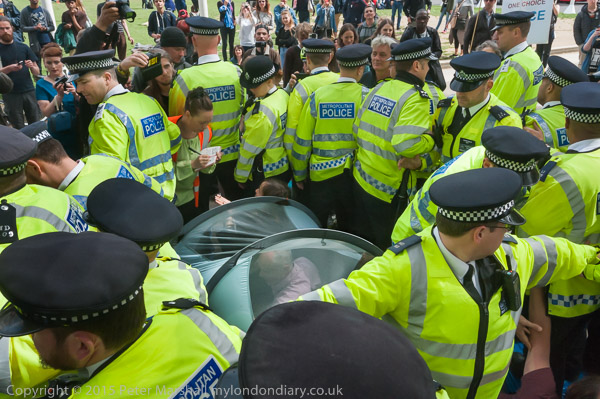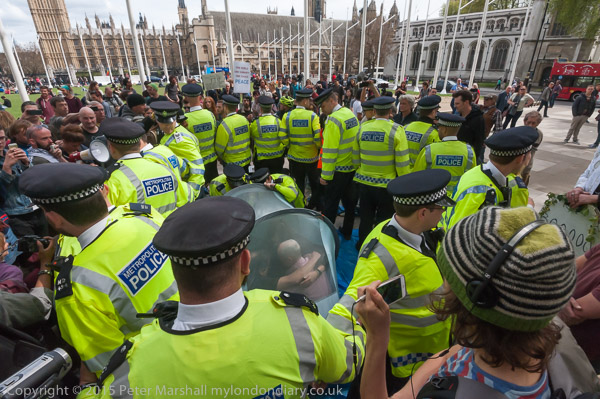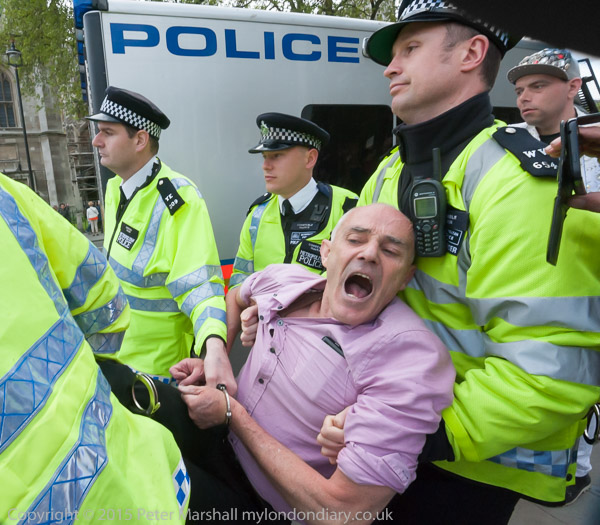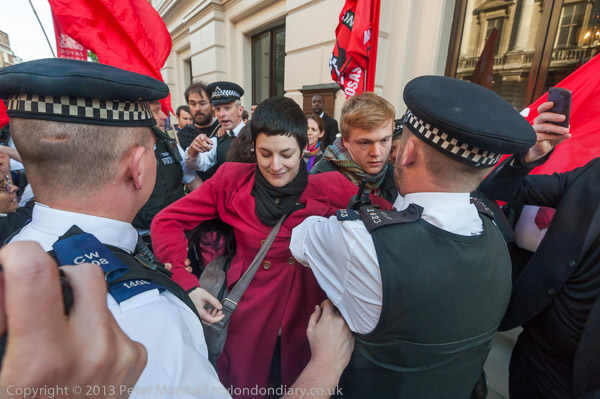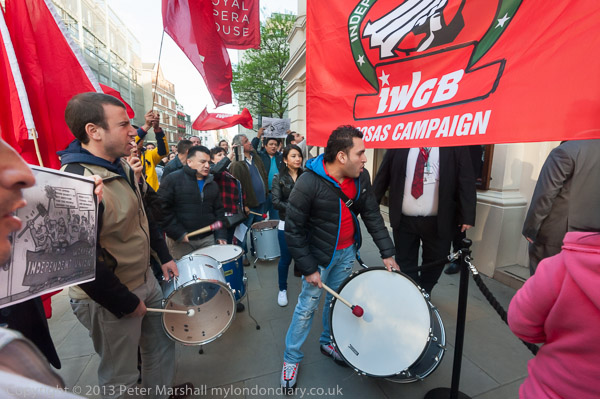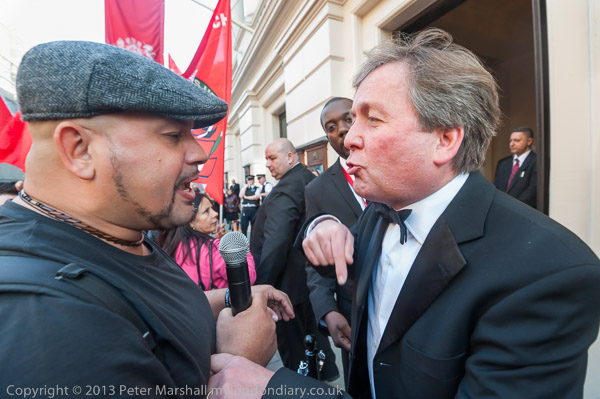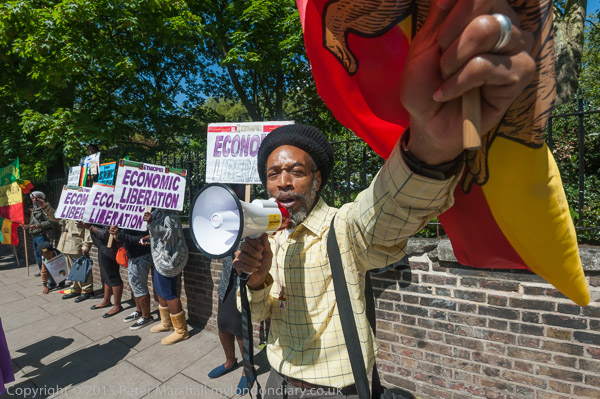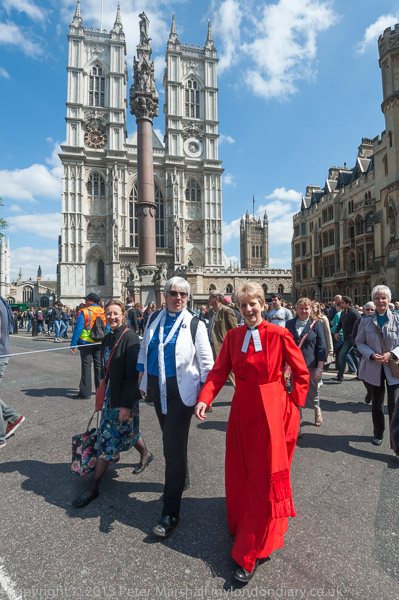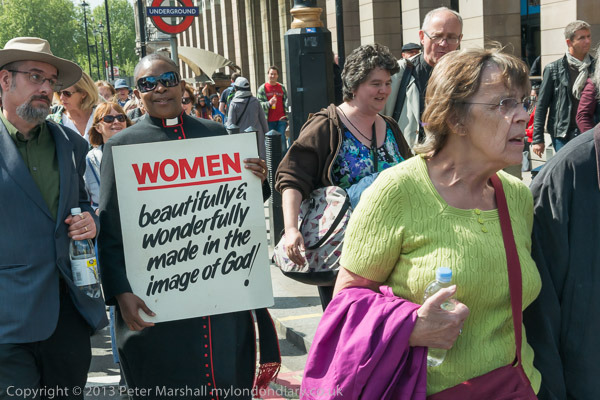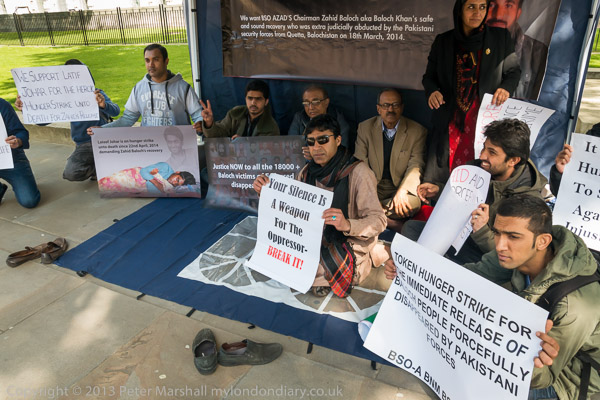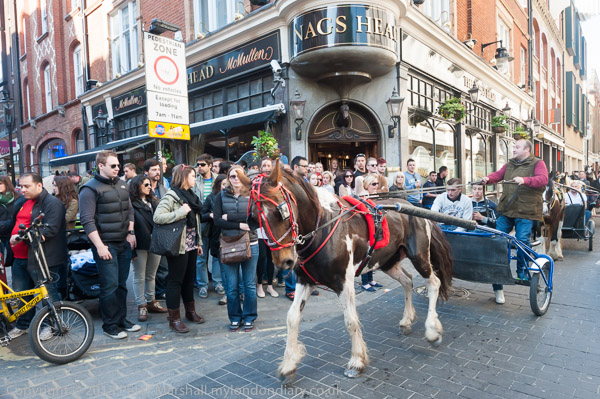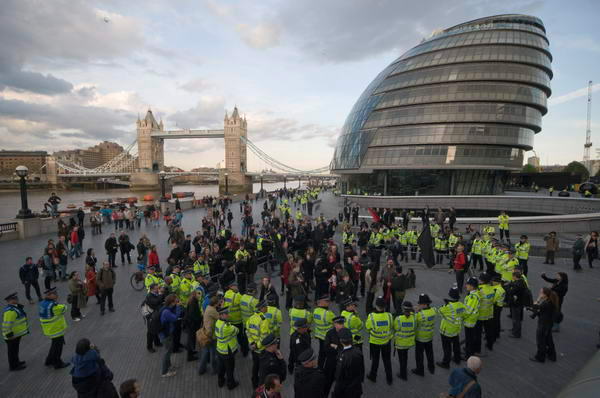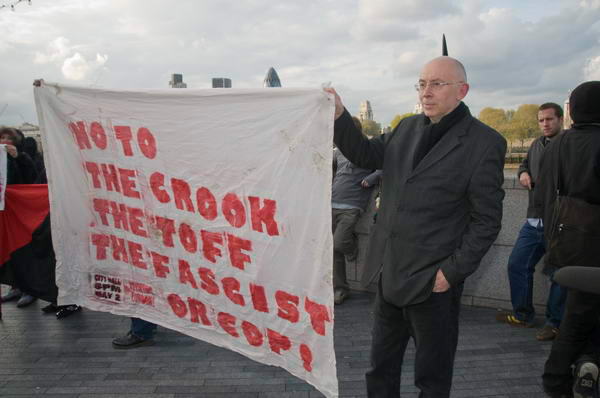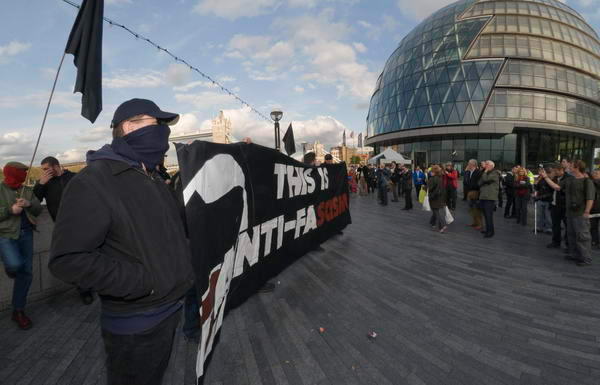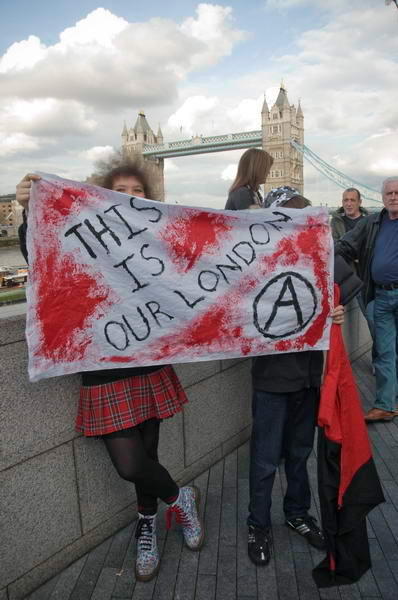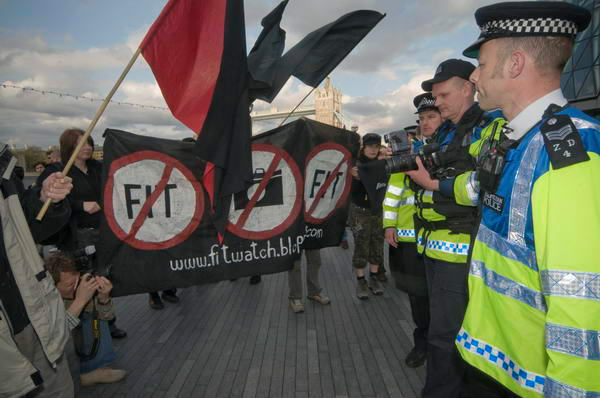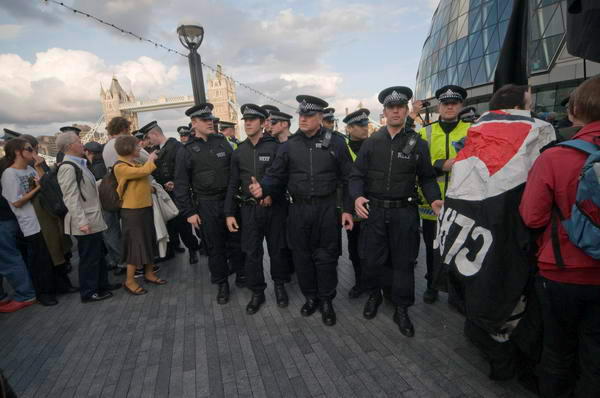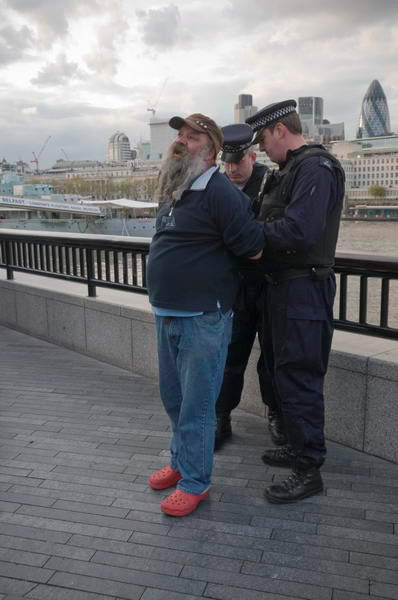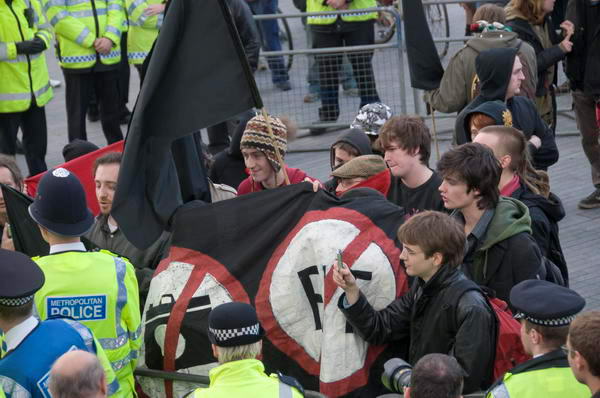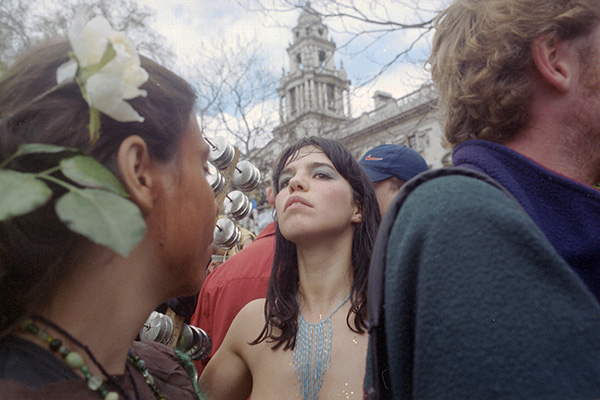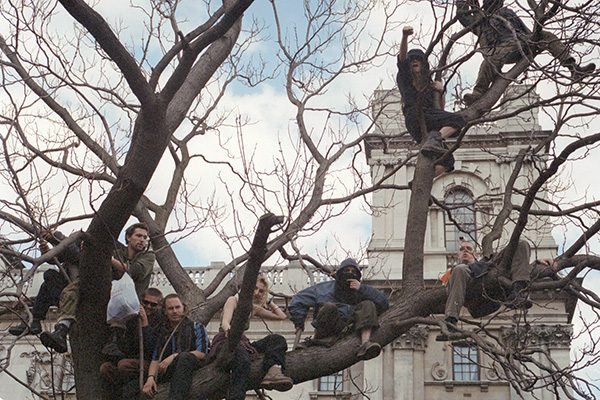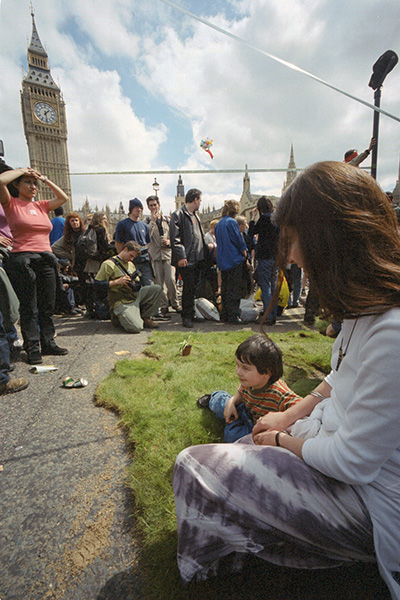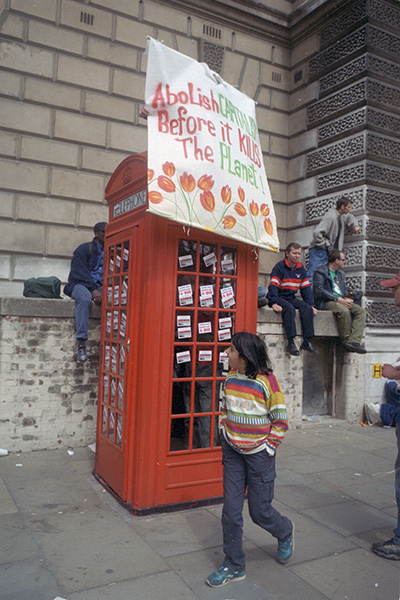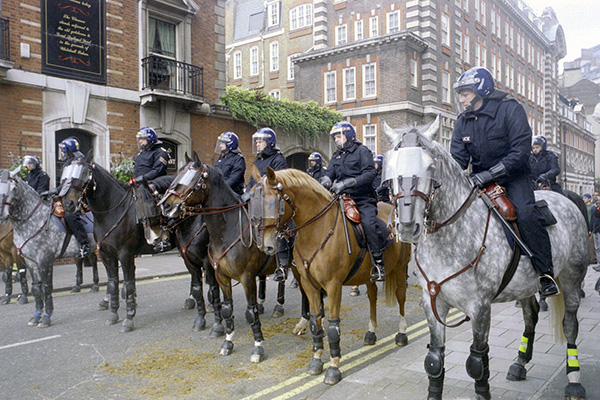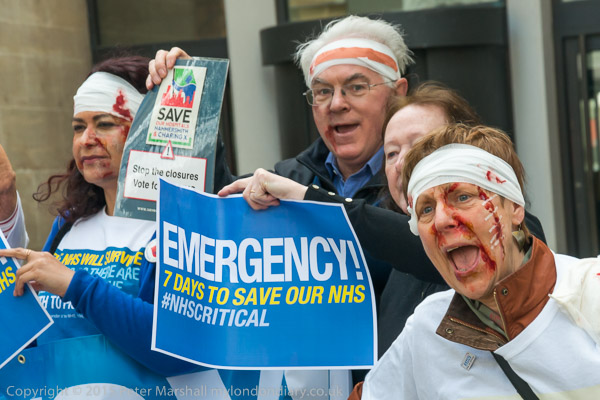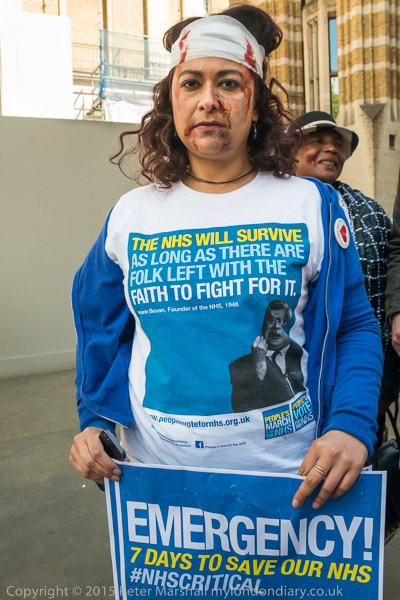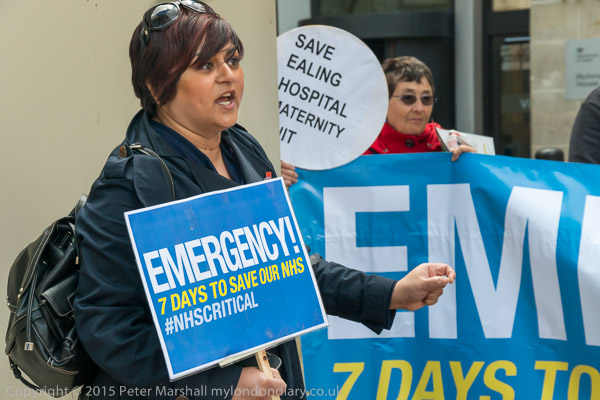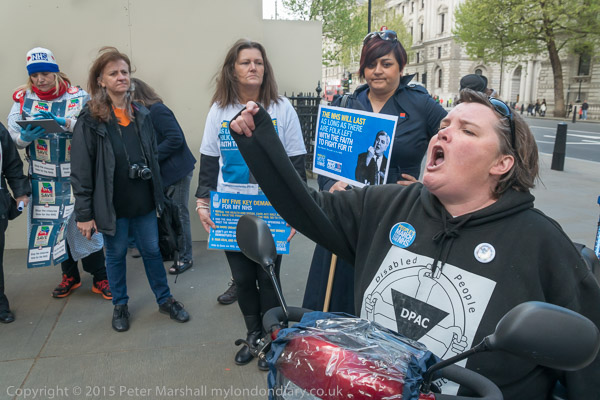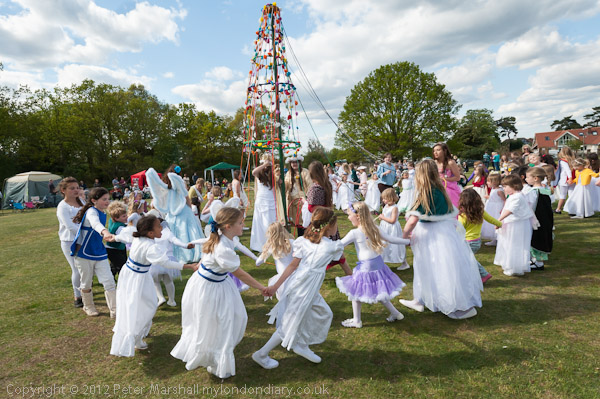
I sat for some time wondering what to write about today. Perhaps the obvious choice would be to point out that this is the 76th anniversary of VE Day – and I did attend some events to mark the 60th anniversary back in 2005, both on Saturday May 7th in Ilford and May 8th in Bromley. Sixty years on from the event itself, this was probably the last occasion when a significant number of actual veterans were still around in their 80s and 90s and able to take part.
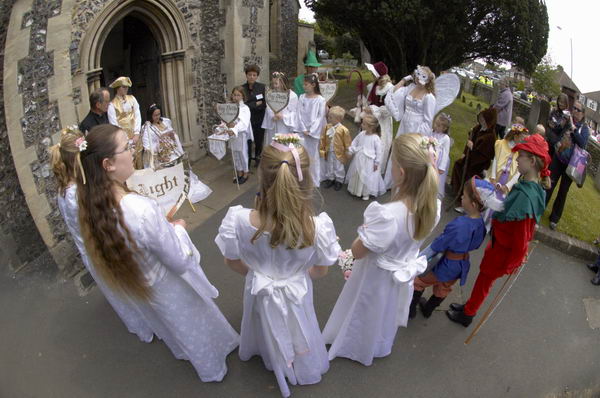
But looking at the pictures I found it too depressing – and things now have got even worse when with none left who actually fought in WW2 to provide some realism celebrations related to the war have grown more militaristic and jingoistic, more based more on the propaganda of films and TV series and the claim “two world wars and one world cup” than the reality of a fight against fascism – and where Little Englander views have defeated the vision of a united Europe, particularly in the Brexit campaign.
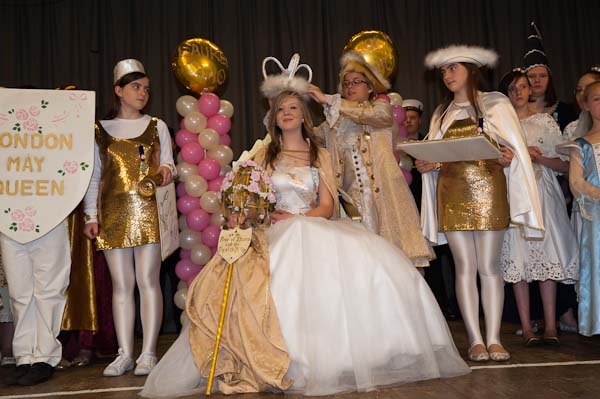
I needed something to cheer me up a little, so instead some pictures from the London May Queen crowning which takes place around this time of year on the second Saturday in May, which in 2010 was May 8th. It was an unusual year in that the weather was terrible, with cold driving rain making the usual outdoor ceremonies on Hayes Common and the parade around the village impracticable, and the event took place with a smaller number taking part inside the crowded village hall. So I’ve added a couple of pictures from other years which show a more normal view of the day.
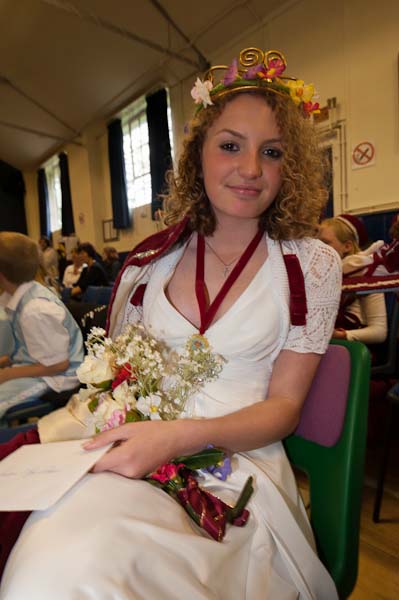
I’ve written about the event – with help from some of those involved – in various posts on My London Diary, and also in the book, London May Queens, still available as a reasonably priced download or expensively in print from Blurb. Getting to know some of the organisers and taking an interest in the history of the event enabled me to overcome some of the now inevitable suspicions around a male photographer photographing young girls and I was there in 2008 by invitation of some of the mothers involved.
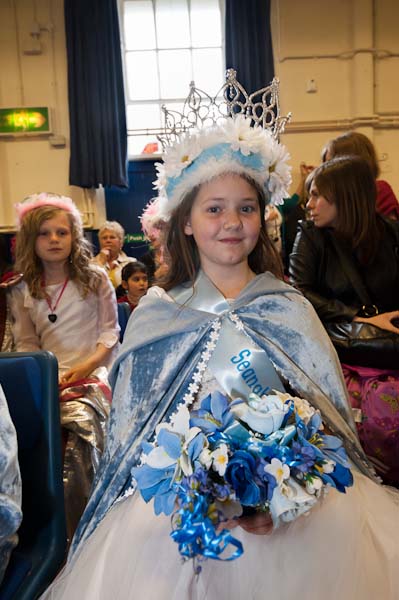
May Queens have a long history, although the traditional May festivities were rather different and bacchanalian. Like many English traditions, this was revived in a bowdlerised form by the Victorians, largely as a festival for children and young people. The ‘Merrie England And London May Queen Festival’ came a little later, founded in 1913 by Joseph Deedy, a master at Dulwich School, and at its peak, I think in the 1930s, involved 120 ‘realms’ from different areas mainly around south London each with their own May Queen, with well over a thousand children coming together for the crowning of the London May Queen at Hayes.
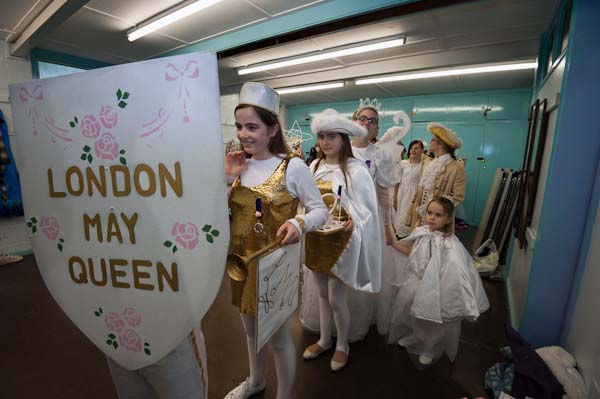
Deedy wrote some rather quaint texts which are still used in the various stages of the ceremonies around Hayes, as well as setting the general principles and rules for the realms and the event. Girls work their way up through the organisation based on length of service, progressing though various roles, first in the local realms, and then in the London May Queen group. They can join from age three, and can remain involved until they are 18. Organisers see it as a way of encouraging social skills and developing self-confidence in the girls who take part. They often take part in local fetes, visits to care homes, and other activities as well as enjoying tea parties. The crowning of the London May Queen is the culmination of a series of events on previous Saturdays when the different realms crown their own Queens.
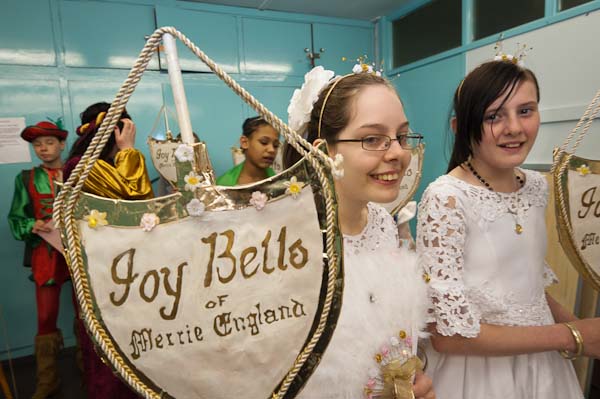
Working inside the crowded hall in 2008 was difficult, but I was pleased to have the opportunity, and it provided some variety in my coverage of the event – as did the various crowning events in some of the local realms. Covid will doubtless have prevented the 2010 and 2021 events taking place but I hope it will resume for 2022. It’s a charming survival from an earlier age and one which invokes a community spirit which enriches local life.
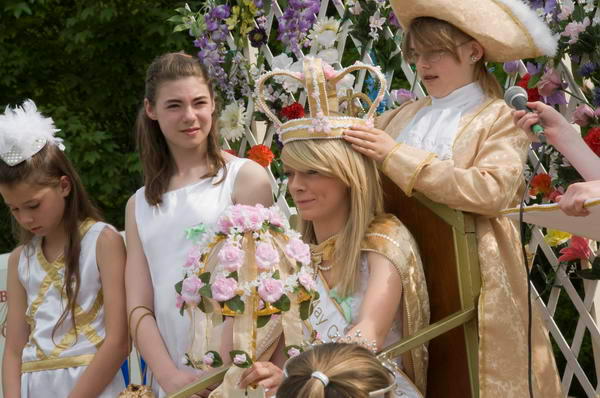
There are too many posts on My London Diary featuring May Queen Events between 2005 and 2013 to list them all, but you can find them easily on the web site as they are all on the pages from April and May. Here are just a few of them.
London May Queen 2005
London May Queen 2008
Merrie England & London May Queen 2010
London Crowns 100th May Queen 2012
London’s 101st May Queen 2013
I posted even more pictures than usual from these events as I wanted to share them with those who had taken part and tried to include everyone in the pictures.
All photographs on this and my other sites, unless otherwise stated, are taken by and copyright of Peter Marshall, and are available for reproduction or can be bought as prints.
